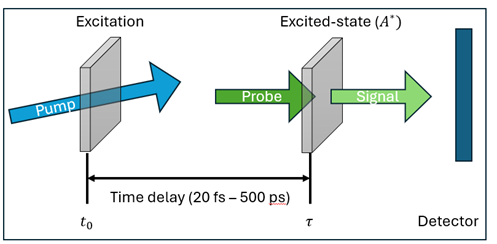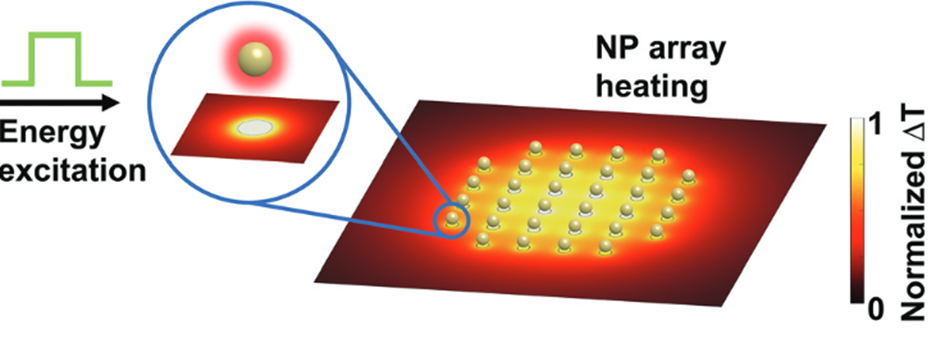Master assignment: Building a Transient Absorption Microscope to investigate the photodynamics of plasmonic nanoparticles.
Chair: Prof. Dr. Guido Mul
Supervisor: Dr. Ir. Annemarie Huijser (PCS) and Prof Dr. Herman Offerhaus (OS)
Daily supervisor: Jorik Schaap (PCS) (contact: j.h.schaap@utwente.nl) & Jeroen Korterik (OS)
For who?
- You are a master student in applied physics or nanotechnology
- You are interested in optics and like to get some hands-on experience on this
- You like to design, build and test a new optical setup, thereby physically creating new measurement equipment which will be used in state-of-the-art research.
In this project you will work on building a transient absorption microscope and use this microscope to investigate plasmonic nanoparticles (PNP). At the PCS group we investigate the photocatalytic properties of PNP s with ultrafast transient absorption spectroscopy (TA). TA is a pump-probe optical measurement technique and is used to measure the excited state of a material and follow the decay of the excited state back to the ground state. A PNP in the excited state contains a lot of energy which can be used to catalyse chemical reactions, either through energy transfer or photothermal heating of the PNP.
To measure the excited state we first measure the ground-state absorption spectrum with a white light pulse (probe). Then, a stronger, narrow wavelength “pump” pulse is directed on the sample to bring it in an excited state. Now again the white light is used to measure the absorption spectrum, but now of the excited state. We subtract the two spectra from each other to obtain the difference spectrum. We can adjust the delay time of our probe pulse to obtain the change in absorption over time, which we can use to chart the entire evolution of the excited state as a function of wavelength and time.


Figure 1: Schematic representation of transient absorption spectroscopy (left), Picture of our current setup (right).
The assignment
Right now, our setup measures at spot sizes of 250um/100um (pump/probe). However, we want to extend our setup to be a transient absorption microscope (TAM). With TAM we will be able to measure transient absorption on single isolated nanoparticles. As well as, measure the spatial excited state dynamics in semiconductors/ or arrays of nanoparticles, which is achieved by scanning the sample with our probe beam using a galvanic mirror.
To do this we will need to rebuild a part of the setup would need to be rebuild to work on higher repetition rate. This means we should implement a new way of converting 800nm light in 400nm (second harmonic generation), design the focusing optics, scanning equipment and use a lock-in amplifier etc. The current design is based on ref [1]. Some parts of the above mentioned have already been achieved and it will be your responsibility to finish the building process and test the setup.
To test the setup we will measure the photodynamics of single nanoparticles (in time) and arrays of nanoparticles (in space and time). One effect that we especially want to investigate is the collective heating effect. When illuminating an array of nanoparticles, the amount of heat generated in the nanoparticle will be much higher than only heating a single nanoparticle at the time. This happens due to thermal coupling of the nanoparticles with each other, and can happen on length scales much larger than the nanoparticle itself [2].
For more information please contact Jorik Schaap.

Figure 2: Schematic representation the heating in a nanoparticle array, which absorbs light [3].
References
[1] Ultrafast studies of single semiconductor and metal nanostructures through transient absorption microscopy, Gregory Hartland, 2010.
[2] Photoinduced Heating of Nanoparticle Arrays, Guillaume Baffou et al., 2013.
[3] Spatiotemporal Evolution of Temperature During Transient Heating of Nanoparticle Arrays, Chen Xie & Zhenpeng Qin, 2022.
